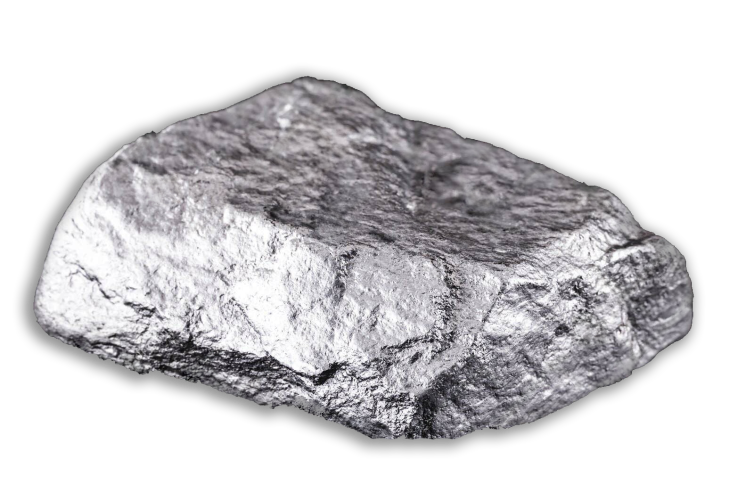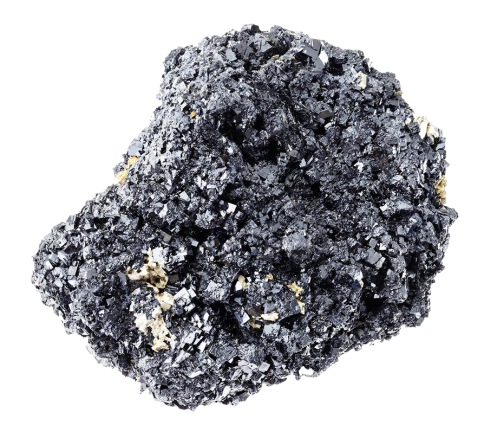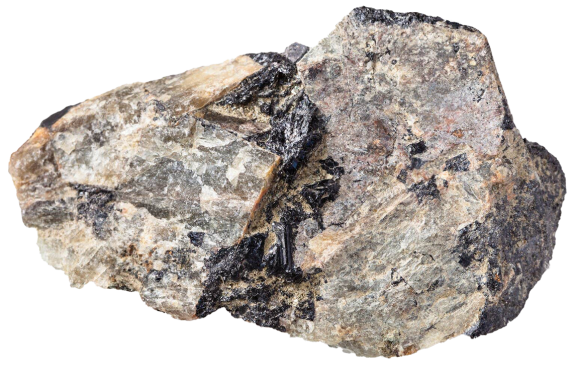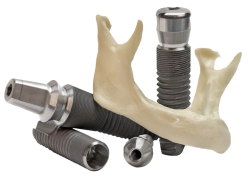

Titanium & Ilmenite
Ti
FeTiO₃
Titanium, one of the strategic and widely used metals in modern industries, has gained a special place in technology and industry due to its unique properties. This lightweight, strong, and durable metal is used in advanced industries such as aerospace and medicine and plays a significant role in our daily lives. From constructing cutting-edge aircraft to medical implants that save lives, titanium, as a key material, has transformed our world. But the question is: Where does this valuable metal come from, and how is it extracted and processed?

Here, we focus on two primary sources of titanium: titanium nuggets and ilmenite. Titanium nuggets are pieces of mineral rocks that contain a high percentage of titanium and, after processing, are used as raw materials for producing titanium metal and its compounds. On the other hand, ilmenite is a mineral with the chemical formula FeTiO₃, recognized as one of the main sources of titanium worldwide. This mineral is used in the production of titanium metal and has extensive applications in the manufacture of titanium dioxide (TiO₂). Titanium dioxide, as a whitening and UV-blocking agent, is widely used in industries such as paints, plastics, paper, and even cosmetics.
Titanium nuggets are pieces of mineral rocks that contain a high percentage of titanium, either in its pure form or as compounds. These nuggets are typically extracted from mines and, after processing, are used as raw materials for producing titanium metal and its compounds, such as titanium dioxide (TiO₂). Due to their high resistance to corrosion and heat, these materials have widespread applications in various industries. They are usually dark gray to black and are considered heavy metals because of their high density.
What is a Titanium Nugget?


What is Ilmenite?
Ilmenite is a mineral with the chemical formula FeTiO₃ and is recognized as one of the primary sources of titanium worldwide. This mineral is commonly found in igneous and sedimentary rocks and, after extraction, is chemically processed into titanium dioxide and titanium metal. Ilmenite is black or dark brown and has a hardness of 5 to 6 on the Mohs scale. This mineral plays a key role in the production of titanium dioxide, which is used in industries such as paints, plastics, and paper.
The extraction of titanium nuggets and ilmenite is typically carried out in open-pit or underground mines. After extraction, these materials are transported to processing plants. The processing involves crushing the mineral rocks into smaller pieces, separating impurities through physical and chemical methods, and producing titanium dioxide or titanium metal. To produce titanium metal, the **Kroll Process** is used, in which titanium dioxide is converted into pure titanium.
Extraction and Processing Process

Applications of Titanium and Ilmenite
1. Aerospace Industry
Titanium is used in the construction of aircraft, rockets, and spacecraft due to its high strength and lightweight properties.

2. Medical Industry
Titanium is used in the production of medical implants, such as artificial joints and dental prosthetics, because of its compatibility with the human body.

3. Chemical Industry
Titanium dioxide is used as a whitening and UV-blocking agent in the production of paints, plastics, and paper.
4. Automotive Industry
Titanium is used to manufacture lightweight and durable components for automobiles.



Economic and Environmental Importance
Titanium nuggets and ilmenite are considered highly valuable mineral resources due to their extensive applications in modern industries. However, the extraction and processing of these materials must be carried out in compliance with environmental standards to prevent soil and water pollution. The use of advanced technologies in the extraction and processing of these materials not only enhances efficiency but also reduces negative environmental impacts.











